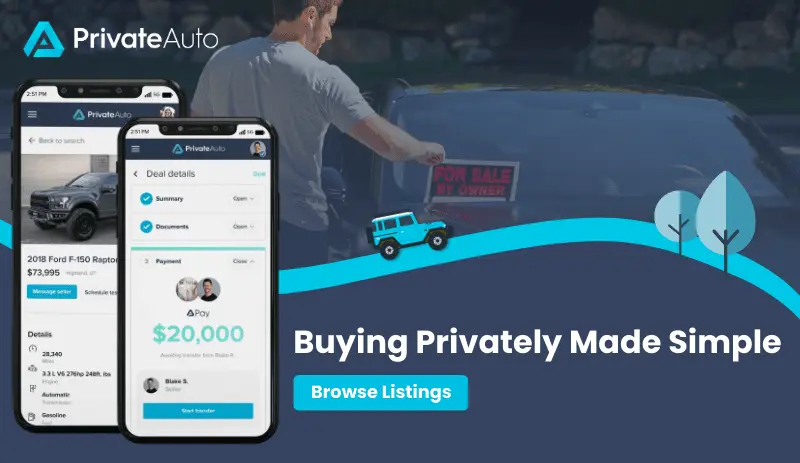Celebrate your used car purchase by completing the sale safely and legally. Whether you’re buying your first ride or your dream sports car, follow these steps after you buy a used car. Use this guide to navigate the following steps in Montana:
- Transfer the title
- Insure your vehicle
- Receive a professional inspection
- Register your ride
- Fix any repair issues
- Plan ahead with a maintenance schedule
Transfer the Title
The Vehicle Services Bureau (VSB) of the Montana Department of Justice regulates Montana’s registration and titling process. You must legally transfer the title after you buy a used car. For a private sale, you have up to 40 days from the sale date to legally transfer a title in Montana.
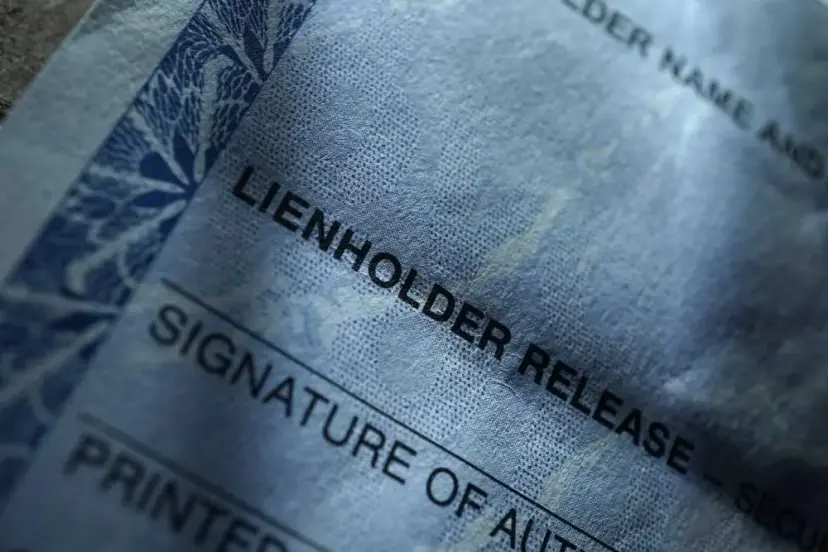
Required Paperwork
Transferring a title is a legal process, so expect to bring paperwork to your county treasurer’s office to complete the transaction. Most of these papers need to be filled out by you as a buyer, but the seller is also responsible for signing some documents and filling out forms. Here’s the paperwork you should have prepared for your title transfer appointment:
While not required, a bill of sale can be a valuable document to bring along. This acts as a receipt for everyone involved that you bought the vehicle for a stated price. The seller may request you sign a bill of sale before signing over the title. Verify that the bill of sale matches the actual purchase agreement before signing.
- Original or official copy of the title
- Proof of auto insurance
- Odometer disclosure form signed by the seller
- Lien release form, if applicable
- Montana driver’s license
- Proof of residency
Schedule an Appointment
Your local county treasurer’s office handles all title processing in Montana. You can’t perform this over the phone or online, so you’ll need to gather everything, make an appointment, and get the process started.
The seller may come along to the appointment. This isn’t necessary but can give the seller peace of mind that you follow through and legally transfer the title to your name.
The seller may come along to the appointment. This isn’t necessary but can give the seller peace of mind that you follow through and legally transfer the title to your name.

Pay Applicable Taxes and Fees
Processing state documents typically comes with taxes and fees, and buying a used car is no exception. Your county clerk will review the title situation and type of vehicle before calculating the taxes and fees.
Register With the Motor Vehicle Department
Vehicle registration is required in the state of Montana. This process takes place at the same time as titling. Except for pickup campers, all motor vehicles that are titled in the state are also registered at the same time.
Once you follow all the steps to insure your car and have it titled in the state, it will be legally registered to you. Expect to receive your new license plates, which last for up to five years before they need to be replaced.
Once you follow all the steps to insure your car and have it titled in the state, it will be legally registered to you. Expect to receive your new license plates, which last for up to five years before they need to be replaced.
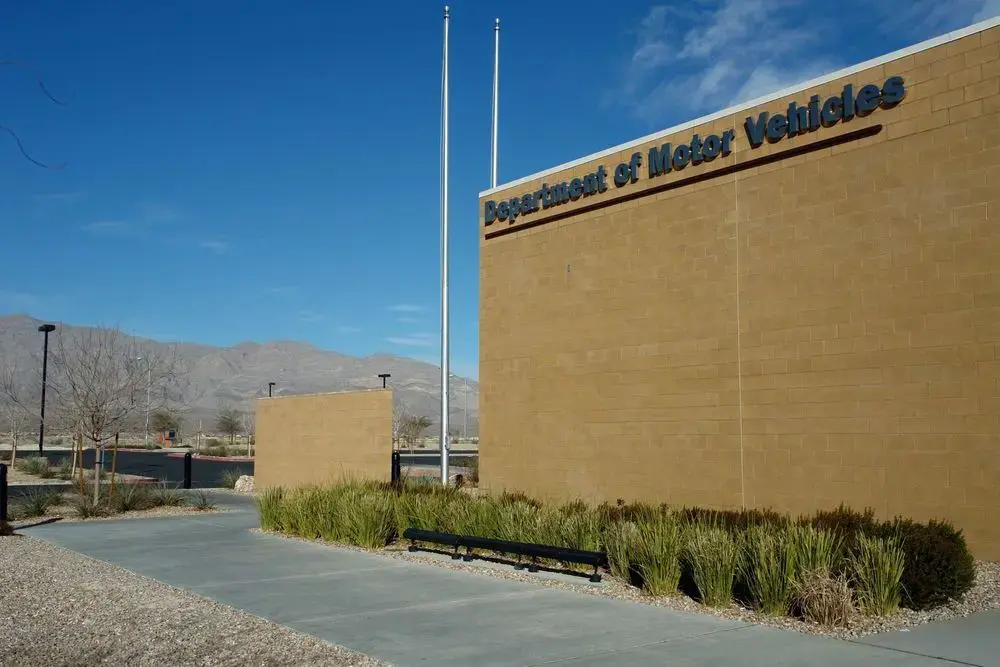
Get Auto Insurance in Montana
Driving without insurance is a huge risk and is against the law in Montana. Don’t risk losing your vehicle or facing fines but be sure you have proper coverage for peace of mind.
There are many different types of auto insurance in Montana. Navigate coverage options, premiums, and providers with this guide. You’ll need to have your coverage in place and have proof of auto insurance on paper or on your smartphone before you can transfer your title and legally drive.
There are many different types of auto insurance in Montana. Navigate coverage options, premiums, and providers with this guide. You’ll need to have your coverage in place and have proof of auto insurance on paper or on your smartphone before you can transfer your title and legally drive.
Minimum Coverage
Montana regulates the minimum liability insurance for all vehicles on public roads. After you buy a used car, but before hitting the road, be sure you at least have these minimum coverage limits on your policy:
These are the only auto insurance requirements in Montana. Unlike other states, you don’t need to carry uninsured or underinsured motorist coverage.
If you’re financing your used vehicle purchase, then check with your lender. Some lenders require you to carry coverage exceeding the state minimum requirements.
- Bodily injury — At least $25,000 per person and $50,000 per accident
- Property damage — At least 20,000 per accident
If you’re financing your used vehicle purchase, then check with your lender. Some lenders require you to carry coverage exceeding the state minimum requirements.
Additional Coverage Options
The main goal of auto insurance is to reduce the financial risk of car ownership. Minimum Montana insurance coverage will cover some risks, but you should consider adding one or more of these coverage areas to your policy:
Weigh your insurance options carefully. These coverage areas reduce the risk of owning a vehicle, but they also increase your monthly premiums. There are many insurance companies offering policies in Montana. Request quotes from several companies to be sure you’re getting the best deal for the coverage you want.
- Uninsured/underinsured motorist — Cover expenses to your vehicle, another person’s property, or healthcare costs in accidents involving a driver with little or no insurance. This coverage area may also protect you if the other driver flees the scene.
- Collision — Add this coverage area to pay for repair or replacement costs if your vehicle is damaged in an accident. Collision covers most incidents when you are behind the wheel of your vehicle.
- Comprehensive — Comprehensive covers most damages that occur when you aren’t driving your car. The specific situations covered can vary, but most include fire, theft, falling branches, and vandalism.
- Medical payments — Avoid paying serious medical expenses or funeral expenses in the event of a serious accident.
- Mechanical breakdown — Mechanical breakdown insurance helps you pay for major repairs, towing, and other mechanical issues that aren’t directly caused by accidents.
- Gap — Add gap insurance to cover the difference between your auto loan and the depreciated value of your vehicle.
Schedule a Professional Inspection
Unless you’re a certified mechanic with years of experience inspecting used vehicles, it pays to have your new purchase inspected. Whether you schedule this service before or after buying a used car, it can help you identify critical repair issues, maintenance tasks that need to be performed, and signs of improper repairs performed in the past.
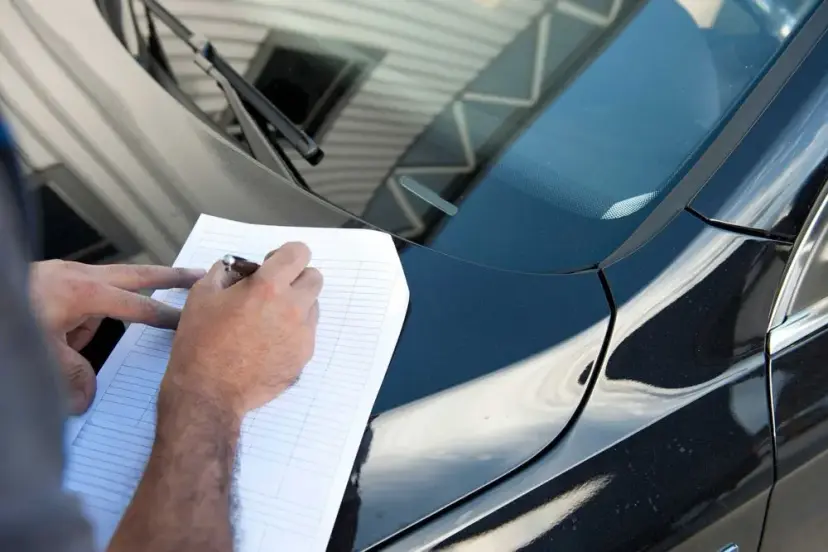
Pre-Purchase Inspection
A pre-purchase inspection is performed before you agree to purchase your used vehicle. It’s highly recommended that you schedule this type of inspection when working with a private seller. A pre-purchase inspection helps uncover red flags that may lead you to lower the asking price or walk away from a purchase.
Look for an experienced and licensed mechanic in your area. Consider finding your own mechanic rather than going to one recommended by the seller.
Already purchased your vehicle? Don’t let this stop you from scheduling a professional inspection. You can still learn some valuable information about your new purchase.
Look for an experienced and licensed mechanic in your area. Consider finding your own mechanic rather than going to one recommended by the seller.
Already purchased your vehicle? Don’t let this stop you from scheduling a professional inspection. You can still learn some valuable information about your new purchase.
Cost of an Inspection
For most vehicles, expect to pay between $100 and $200 for a full mechanical and safety inspection. This should include a test drive as well. There are, however, several situations where you may pay more than this for a full inspection:
A few hundred dollars can be well worth the peace of mind that comes with an inspection. Scheduling a pre-purchase inspection doesn’t mean you don’t trust the seller, but it can bring up serious issues that the seller may not know about.
- You’re buying a luxury vehicle
- You want a comprehensive engine test
Features of a Professional Inspection
A complete inspection, before or after your purchase, includes several tests and scans to ensure any issues are reported. You don’t have to back out of a deal if there is any known damage to the vehicle, but this does give you the knowledge you need to schedule repairs. Here are the areas that are typically covered during a full inspection:
- Fluids — Your vehicle’s oil, power steering fluid, brake fluid, and coolant all need to be filled and free from contaminants. Fluid issues can point to significant repair problems.
- Lights — From headlights to taillights, these bulbs and coverings are essential safety features on any vehicle. Make sure they’re all working correctly before you hit the road.
- Hoses, belts, and filters — These small parts can have serious consequences. A mechanic will inspect your air filter, timing belt, serpentine belt, and various hoses to estimate the time until they need to be replaced.
- Battery system — Most car batteries only last up to five years. See how much life is left in yours and have a mechanic check the alternator and battery cables for signs of damage or corrosion.
- Steering — Too much play in the steering wheel could be caused by the power steering system. Any steering issues should be identified by a mechanic during the road test.
- Brakes — A critical safety system, your brakes need to work every time you press the pedal. This inspection covers your brake pads, calipers, rotors, lines, and fluid.
- Tires — Depending on the type of tires, you can only expect them to last up to five years of driving up to 15,000 miles. See how much life is left in your tires with the help of a trusted mechanic.
- Suspension — Identify any issues with your CV, U-, or ball joints. This inspection also covers shocks and struts.
- Engine — Major engine damage is one of the most costly repairs on a vehicle. While a comprehensive test may cost more, a standard inspection comes with a basic check in the shop and on the road.
- Transmission— Second only to your engine in terms of cost and importance, your transmission is a key area you want a mechanic to look over before paying for a used vehicle.
- Body and frame — Finally, a mechanic should note any paint, body panel, or frame damage.
Benefits of Having Your Car Inspected
A pre-purchase or post-purchase inspection comes with peace of mind. While a mechanic may not be able to guarantee a vehicle’s condition, they can give you valuable information as you prepare your maintenance schedule or consider whether you should make the purchase.
An inspection can also help you identify issues before they’re too late. A minor maintenance problem, like dirty engine oil, can lead to a significant issue, like engine failure, if you aren’t aware of it and let it go for too long.
An inspection can also help you identify issues before they’re too late. A minor maintenance problem, like dirty engine oil, can lead to a significant issue, like engine failure, if you aren’t aware of it and let it go for too long.
Order Any Required Car Repairs
Your inspection may bring up one or more repair issues. Scheduling auto repairs is a normal part of car ownership, so these repair issues don’t have to be deal-breakers. They should, however, be treated seriously. Consider scheduling the necessary repair with a qualified mechanic if anything comes up on your inspection to extend the lifetime of your vehicle.
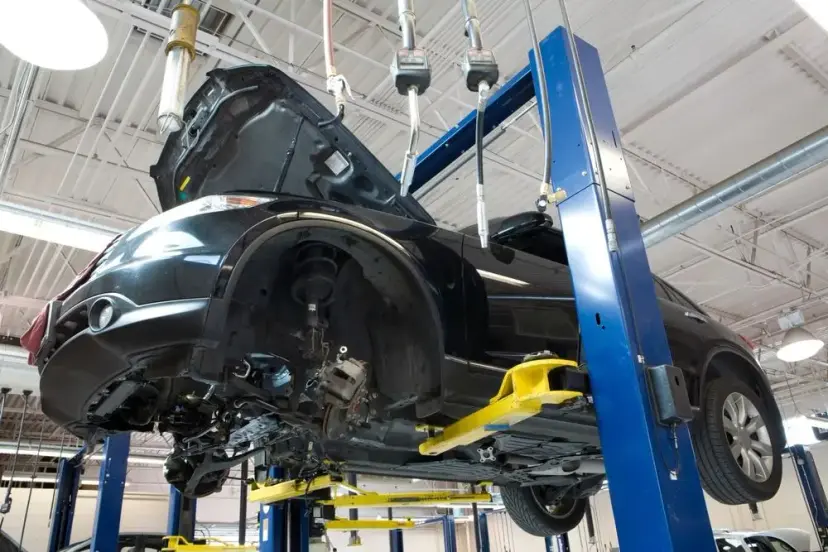
Signs It’s Time to Schedule a Repair
Some automotive issues aren’t immediately apparent when you purchase a car. Listen for these signs and symptoms as you enjoy your new set of wheels. Treat them seriously and head to a trusted mechanic at your earliest convenience:
- Check engine light turns on — That little warning light alerts you to everything from a loose gas cap to major engine failure. Treat it seriously and proceed with caution until you know the exact source of the warning light.
- Knocking or grinding sounds — These could be caused by engine issues, suspension damage, or transmission problems.
- Squealing or scraping sounds — The sound of metal grinding on metal is most commonly caused by worn brake pads. Your engine, unfortunately, could also be causing this serious sound.
- Car won’t start — This may be an obvious warning sign. Try a battery charger or jumper cables, if you have them, before taking your vehicle to a mechanic to have it inspected. Be sure to use any charger or cables with caution and follow all the safety instructions.
- Leaking liquids — A little water dripping from your exhaust may be normal, but any other leaking liquids should be checked. Driving with a leaking oil, transmission fluid, brake fluid, or coolant reservoir can lead to significant problems.
- Smoking engine compartment — Smoke from your engine or any component under your hood is a bad sign. It may be caused by overheating due to a coolant issue, but it could also be caused by other problems.
Create a Maintenance Plan After You Buy a Used Car
After you buy a used car, the last thing you want to do is send it to the shop. This is an essential step in car ownership, however, so be sure not to miss out on routine maintenance.
Most Common Maintenance Tasks
- Change engine oil — The old rule of 3,000 miles may be outdated, but you still need to change your motor oil frequently to avoid engine damage. Most vehicles can drive about 5,00 to 7,500 miles, depending on your oil type and driving habits.
- Replace windshield wipers — Most windshield wipers should be swapped out every six to 12 months to keep your windshield clear of rain and debris.
- Rotate tires — Ask a mechanic about the best time to rotate and replace your tires. Rotations should happen after driving approximately 7,000 miles.
- Inspect fluid levels — Your coolant and other fluids may not need to be replaced as often as your engine oil. You should, however, occasionally check that they’re at an appropriate level and aren’t contaminated.
- Replace brake pads — These high-wear items generally wear out after 10,000 to 20,000 miles of use. You can measure the thickness of the friction pad to see how much life is left in them.
- Purchase a new battery — Don’t wait until your car won’t start to order a new battery. Consider an enhanced flooded, gel cell, or absorbent glass mat battery as an upgrade to the standard lead-acid design.
Benefits of Routine Maintenance
Whether you’re confident to perform these tasks yourself or wish to schedule repairs at a certified repair shop, here are the benefits of following a consistent maintenance plan:
- Longer vehicle lifetime — Routine repairs keep major components from failing, giving you more miles on the road.
- Reduced maintenance costs — Most preventative maintenance tasks cost significantly less than major repairs. Keep up on fluids, belts, and other small costs to avoid large ones.
- Improved fuel efficiency — A contaminated engine or another system can reduce your fuel efficiency. Stay on top of tune-ups and other tasks to save money at the pump.
- Increased safety on the road — Routine maintenance reduces the risk of losing control of your vehicle on the road. Stay up-to-date on repairs to avoid power steering, lighting, windshield wiper, or brake system failures.
- Greater resale value — Unless you plan on driving your used vehicle until it’s ready for the junkyard, keeping up on maintenance tasks can help you get more out of it when it’s time for an upgrade. Keep the receipts of all your maintenance tasks to show any prospective buyer how you’ve cared for your vehicle.
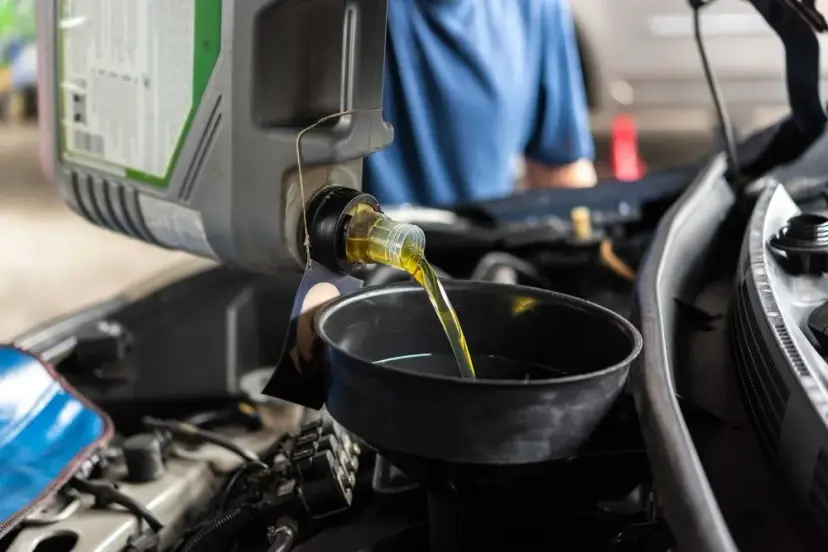
Buy Used Cars Safely With PrivateAuto
Still shopping for a used car? With PrivateAuto, you can explore verified listings in your area. Take the stress out of the car-buying experience, both before and after you buy a used car. Search PrivateAuto listings to explore your used car options.

